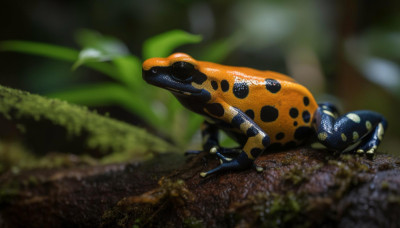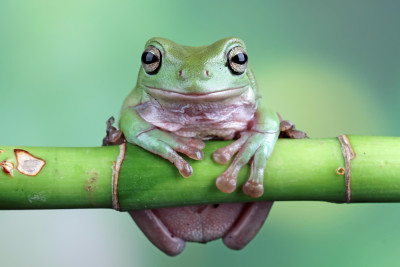Amphibians, with their fascinating life cycles and unique habitats, have garnered attention as alternative pets for enthusiasts looking beyond the traditional. Their dual life - often split between water and land - offers a mesmerizing experience for those keen to delve into the world of herpetology. This article sheds light on some of the most sought-after amphibian pets and what it takes to care for them.
1. Frogs and Toads
-
African Clawed Frog: A fully aquatic species, this frog is recognized by its webbed feet and smooth skin. They have a voracious appetite and can grow to a considerable size in captivity.
-
Fire-Bellied Toad: Named for its vibrant red or orange belly, this toad offers a beautiful contrast with its green-black dorsal side. They require a semi-aquatic setup and are relatively easy to care for.
-
Pacman Frog: These are large, terrestrial frogs known for their sizable mouths, which give them their name. They have a hearty appetite and come in a variety of colors.
-
Red-Eyed Tree Frog: Famous for their striking appearance - vivid green bodies with brilliant red eyes - these are nocturnal, arboreal frogs that prefer a humid environment.
-
Tomato Frog: Originating from Madagascar, these frogs are bright red or orange, resembling a tomato. They are terrestrial and prefer a moist environment.
-
Dart Frog: Small but vibrantly colored, dart frogs are native to Central and South America. In captivity, they don't possess the toxins that make them poisonous in the wild. They require a humid, planted vivarium.
2. Salamanders and Newts
-
Axolotl: Also known as the Mexican walking fish (though it's not a fish), the axolotl is an aquatic salamander that retains its larval features throughout its life. They have external gills and are popular for their range of color morphs.
-
Tiger Salamander: One of the largest terrestrial salamanders, they have striking yellow or olive-green patterns against a dark background. They require a damp substrate to burrow in.
-
Spotted Salamander: This species boasts a sleek black or bluish-black body adorned with bright yellow spots. They're secretive and spend a lot of time burrowing.
-
Newt: Newts are semi-aquatic salamanders. The most common pet newt is the Eastern Newt, especially its bright orange juvenile form called the "red eft."
Conclusion
Amphibians, though intriguing, require a dedicated approach to their care. It's crucial to maintain the right temperature, humidity, and water quality. Additionally, they can be sensitive to chemicals and changes in their environment. Thus, proper research and preparation are essential. In return, these magnificent creatures offer a unique window into a world that many seldom get to observe up close.


